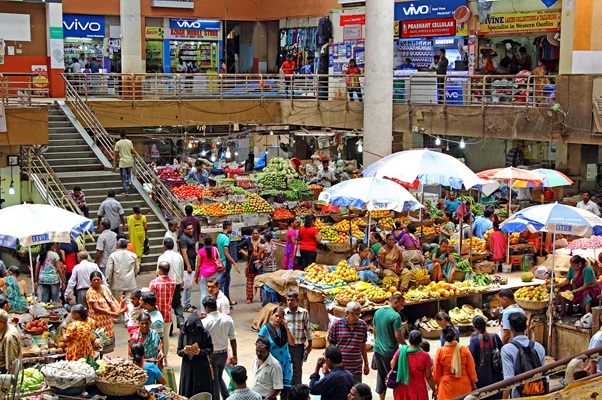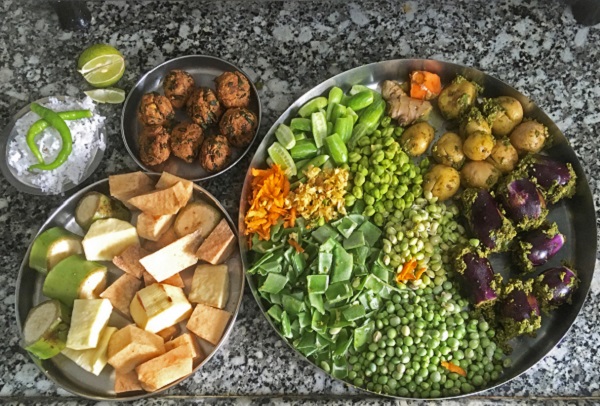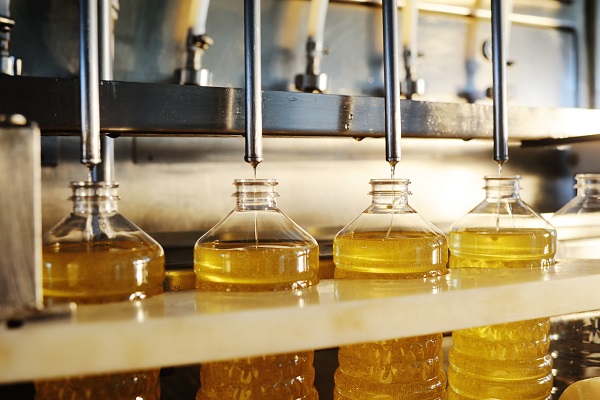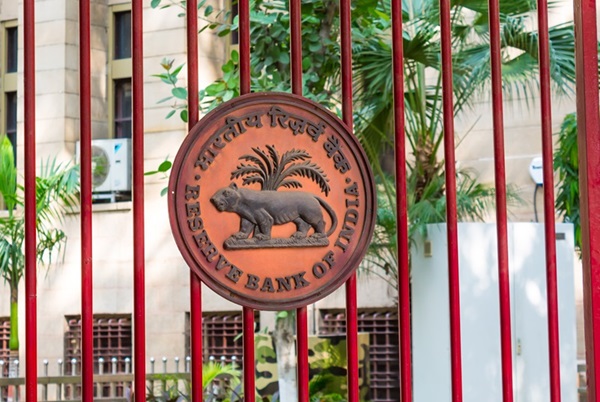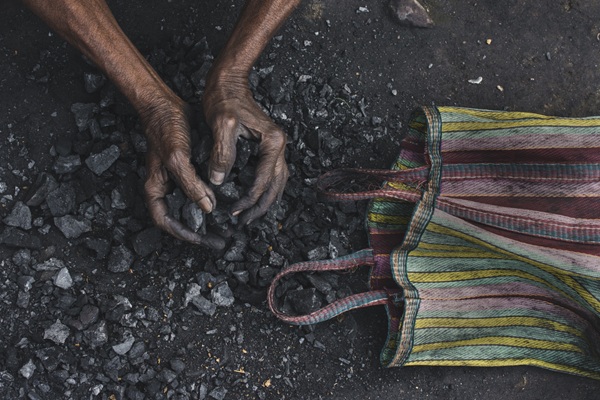.png)

Datametricx is a veteran journalist tallying the macro game, keeping score of the numbers that shape India’s economy and policy.
October 18, 2025 at 12:45 PM IST
India’s headline CPI inflation fell to 1.54% in September, the lowest level in over eight years, down from 2.07% in August. This marks the second time in four months that retail inflation has fallen below the Reserve Bank of India’s 2-6% target range. The decline was primarily driven by a high statistical base and a sharp fall in vegetable prices.
Core inflation, however, rose to a two-year high of 4.5% in September, largely due to higher housing costs and prices of precious metals. Excluding precious metals, core inflation edged up to 3.1% from 3.0%.
The latest data indicate some pass-through of the GST rate cuts, which took effect on September 22, with prices of consumer durable goods and automobiles easing 0.2-2.0% month-on-month. The full impact of these rate cuts is likely to be reflected in October’s data, as the new rates were implemented near the end of September.
September’s inflation figures are trending below the RBI’s projections, with average inflation for July–September coming at 1.7%, compared with the central bank’s estimate of 1.8%.
With the full effect of the GST rate cuts yet to be realised and a favourable base effect in play, CPI inflation may move toward zero or even record a negative in October. Although inflation is expected to rise again from November as the base effect turns unfavourable, the optics of a near-zero inflation will be hard to ignore for the RBI’s Monetary Policy Committee.
The other prominent inflation measure also eased in September. WPI inflation fell to 0.13% in September from 0.52% a month earlier, primarily due to falling vegetable prices and a high base effect. Wholesale price inflation has remained below retail price inflation for almost three years now.
Of the three major sub-groups in WPI, inflation in primary articles stood at –3.32%, fuel and power at –2.58%, and manufactured products at 2.33%. Primary articles and fuel and power have been in deflation since the start of 2025-2026.
WPI core inflation rose to a 31-month high of 1.8% in September from 1.7% in August. As with CPI, WPI inflation is also likely to move toward the deflationary zone in October due to GST rate cuts and a favourable base.
Other indices of inflation also showed a similar downward trend. Annual inflation based on CPI for Agricultural Labourers fell to –0.07% in September from 1.07% a month ago, driven by a decline in food prices. Inflation based on CPI for Rural Labourers fell to 0.31% from 1.26% during the same period.
There was some good news on the trade front as well. India’s merchandise exports remained resilient in the face of punitive US tariffs. Exports rose 6.8% year-on-year to $36.38 billion. However, the trade deficit widened to a 13-month high of $32.14 billion, as imports grew faster, by 16.7%, to a record $68.53 billion.
The surge in imports was largely driven by higher precious metal prices, with gold imports jumping 106.9% to $9.62 billion and silver rising 139.0% to $1.31 billion.
Surprisingly, the US remained India’s top export destination despite tariffs of up to 50% on Indian goods. Exports to the US fell 11.9% year-on-year to $5.47 billion. September’s data suggest that the rerouting of exports to other markets may have begun, with exports to the rest of the world rising 10.9% to $30.92 billion, compared with a 1.1% contraction in the first five months of the fiscal year.
Although it is still early days, the GST cuts announced by the government appear to have boosted automobile sales. Passenger vehicle sales recorded their first year-on-year growth in five months in September, rising 4.4% to 372,458 units — the highest in six months.
Small cars, which benefited most from the GST cuts, saw their first year-on-year increase in eight months to 98,364 units. The full impact of the cuts is expected to be reflected in October sales, as they took effect toward the end of September.
Two-wheeler sales rose 6.7% to 2.16 million units, the highest in 11 months. Total automobile sales climbed 5.6% to 2.56 million vehicles in September, the second highest on record. Automobile production rose to a 14-month high of 10.8% to a record 3.07 million units, suggesting that companies expect demand to strengthen in October.
Tractor sales surged in September as the GST rate on tractors up to 1800 cc was reduced to 5% from 12%. Domestic tractor sales rose by 45.4% year-on-year to a record 146,180 units. Total sales, including exports, rose to 154,417 units — 34.9% higher than the month’s production of 114,500 units, reflecting an inventory drawdown. Sales are likely to rise further in October, typically the best month for tractor sales in India.
The International Monetary Fund has raised its forecast for India’s economic growth by 20 basis points to 6.6% for 2025-2026. This is lower than the Reserve Bank of India’s forecast of 6.8% but higher than the actual growth of 6.5% in 2024-2025. The IMF expects the strong first-quarter momentum to offset the drag from higher US tariffs. The Indian economy grew at a stronger-than-expected 7.8% in the first quarter of 2025-2026.
The IMF projects growth to ease marginally to 6.2% in 2026-2027 but expects India to remain the fastest-growing major economy. The IMF’s forecast for 2026-2027 is slightly lower than its June estimate of 6.4%. Global growth in 2025 is projected to rise to 3.2% from 3.0% estimated earlier.
After an initial burst, post-monsoon rainfall subsided somewhat. As of October 17, India received a weighted average rainfall of 60.5 mm in the post-monsoon season — 20% higher than the normal level of 50.4 mm for the period. The post-monsoon (northeast monsoon) season is predominantly active in five meteorological subdivisions in South Peninsular India: Tamil Nadu, Coastal Andhra Pradesh, Rayalaseema, Kerala, and South Interior Karnataka. The India Meteorological Department has predicted post-monsoon rainfall to be above normal at 112% of the long-period average across these regions.
With rainfall moderating, water storage in 161 major reservoirs fell slightly during the week ended October 16. Storage stood at 165.3 billion cubic metres, or 91% of live capacity — 4% higher than a year ago and 15% above the 10-year average. The above-normal monsoon rainfall, higher crop acreage, and abundant reservoir levels are expected to support rural demand and keep food inflation in check.
The above-normal monsoon for the second consecutive year and record harvests pushed food grain stocks in government granaries to record levels. Rice stocks with the Food Corporation of India stood at 35.61 million tonnes as of October 1, the highest ever for the month. Including unmilled paddy, total rice stock was 44.9 million tonnes--almost 30% of India’s annual rice output. With the new procurement season beginning this month, stocks will likely rise further. Wheat stocks stood at 32.0 million tonnes, the highest in four years for October.
After declining for two months, India’s unemployment rate edged up again in September. The rate based on the Current Weekly Status rose to 5.3% from 5.1% in August. The unemployment rate among youth aged 15-29 was higher at 15.0%, up from 14.6% in August. Among urban youth, the rate rose to 18.5% from 18.0%, while among rural youth it increased to 13.3% from 13.0%. Rural figures, however, tend to underestimate joblessness due to underemployment in agriculture. Under the Current Weekly Status method, a person is considered unemployed if they did not work even for one hour during the week but were available for work for at least one hour.
Consumption of petroleum products rose 7.4% year-on-year to 18.70 million tonnes in September, driven by strong growth in petroleum coke and motor spirit. Consumption of petroleum coke jumped 30.8% to 1.59 million tonnes, while petrol demand increased 8.0% to 3.40 million tonnes. High-speed diesel, which accounts for about 40% of India’s total petroleum product consumption, rose 6.7% to 6.79 million tonnes. Petrol consumption grew at the fastest pace in four months, while diesel demand rose at the quickest rate in 10 months.
India’s foreign exchange reserves fell for the third consecutive week, with the Reserve Bank of India intervening in the foreign exchange market to curb a sharp depreciation in the rupee against the dollar. The foreign exchange reserves fell to $697.8 billion as of October 10, down $2.2 billion from a week earlier and $7.1 billion below the record high of $704.9 billion in September 2024. Foreign currency assets were at $572.1 billion, while gold reserves were valued at $102.4 billion. Overall, reserves have risen by $29.5 billion so far in 2025-2026, mainly due to higher gold prices.
Credit growth in the banking system accelerated during the festival season, rising 11.4% year-on-year in the fortnight ended October 3, while deposit growth stood at 9.9%.
This phase also coincided with the implementation of the goods and services tax announced by the government.
External commercial borrowings by Indian companies fell to $3.27 billion in August from $3.32 billion in July and $5.91 billion a year ago. Muthoot Finance was the biggest borrower overseas in August at $600 million, followed by REC with $450 million.
Broad money supply (M3) grew 9.6% year-on-year to ₹288.95 trillion as of October 3, up from 9.2% growth a fortnight earlier. Currency with the public rose 9.3%, the same as a fortnight ago, but growth in demand deposits with banks increased to 17.6% from 13.2%. Time deposits with banks, which account for three-fourths of the money supply, grew 8.5% compared with 8.6% a fortnight ago.
- Oct 21 – Index of Eight Core Industries for September
- Oct 24 – HSBC India Flash PMI for October
- Oct 28 – Index of Industrial Production for September
- Oct 31 – Government finances for Apr-Sep
Tailpiece
